Pearl Bell The Great Pyrenees
Pearl wasn’t always my dog. She started boarding with me when she was just 3 months old. When her family decided they could not keep her, I told them I would. Pearl came to work for me, guarding the dogs that boarded here. In time she was no longer an employee of Me And My Dogs, she was a member of the family.
Who would have guessed that she would live 12 years? She is otherwise healthy but she is losing control of her back legs. Falls are a regular occurrence and she is having more and more trouble getting back up. She cannot go through the dog door because she cannot pick up her back legs. Last night she was unable to walk up the stairs.
Over the years, I have had to let dogs go. It is never an easy decision. But here we are, Monday Lap of Love is coming to put Pearl to rest. I will miss her.
Pearl wasn’t always my dog. She started boarding with me when she was just 3 months old. When her family decided they could not keep her, I told them I would. Pearl came to work for me, guarding the dogs that boarded here. In time she was no longer an employee of Me And My Dogs, she was a member of the family.
Who would have guessed that she would live 12 years? She is otherwise healthy but she is losing control of her back legs. Falls are a regular occurrence and she is having more and more trouble getting back up. She cannot go through the dog door because she cannot pick up her back legs. Last night she was unable to walk up the stairs.
Over the years, I have had to let dogs go. It is never an easy decision. But here we are, Monday Lap of Love is coming to put Pearl to rest. I will miss her.
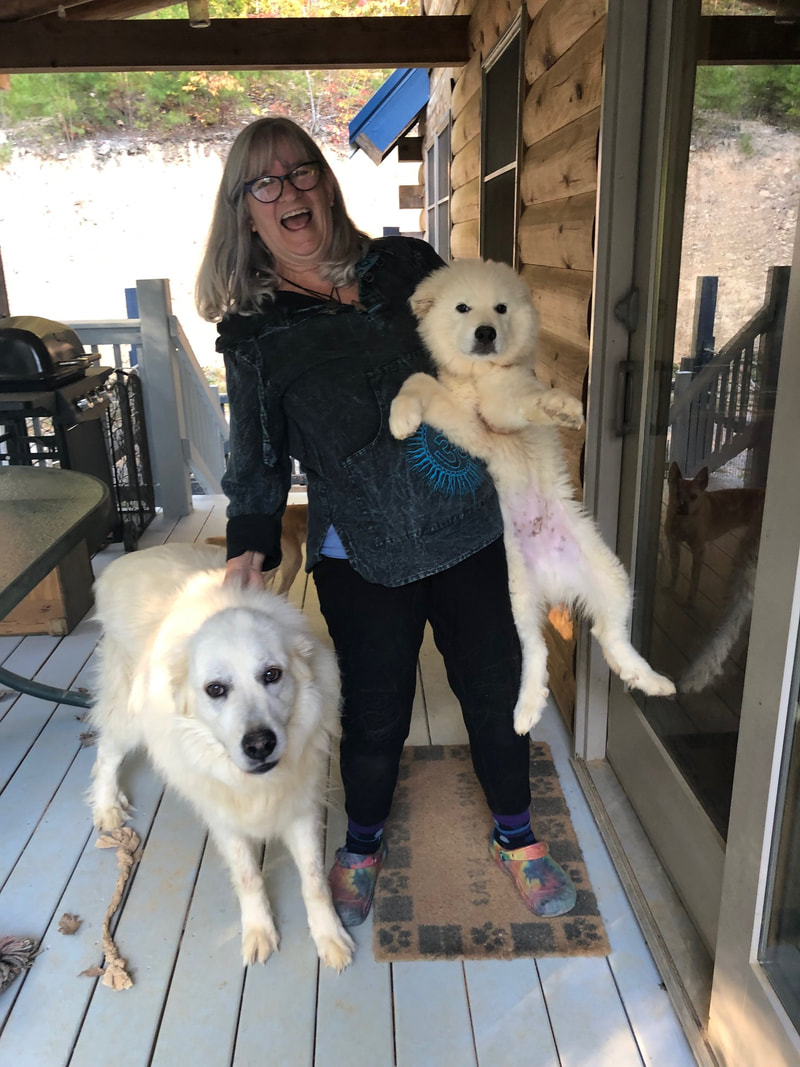
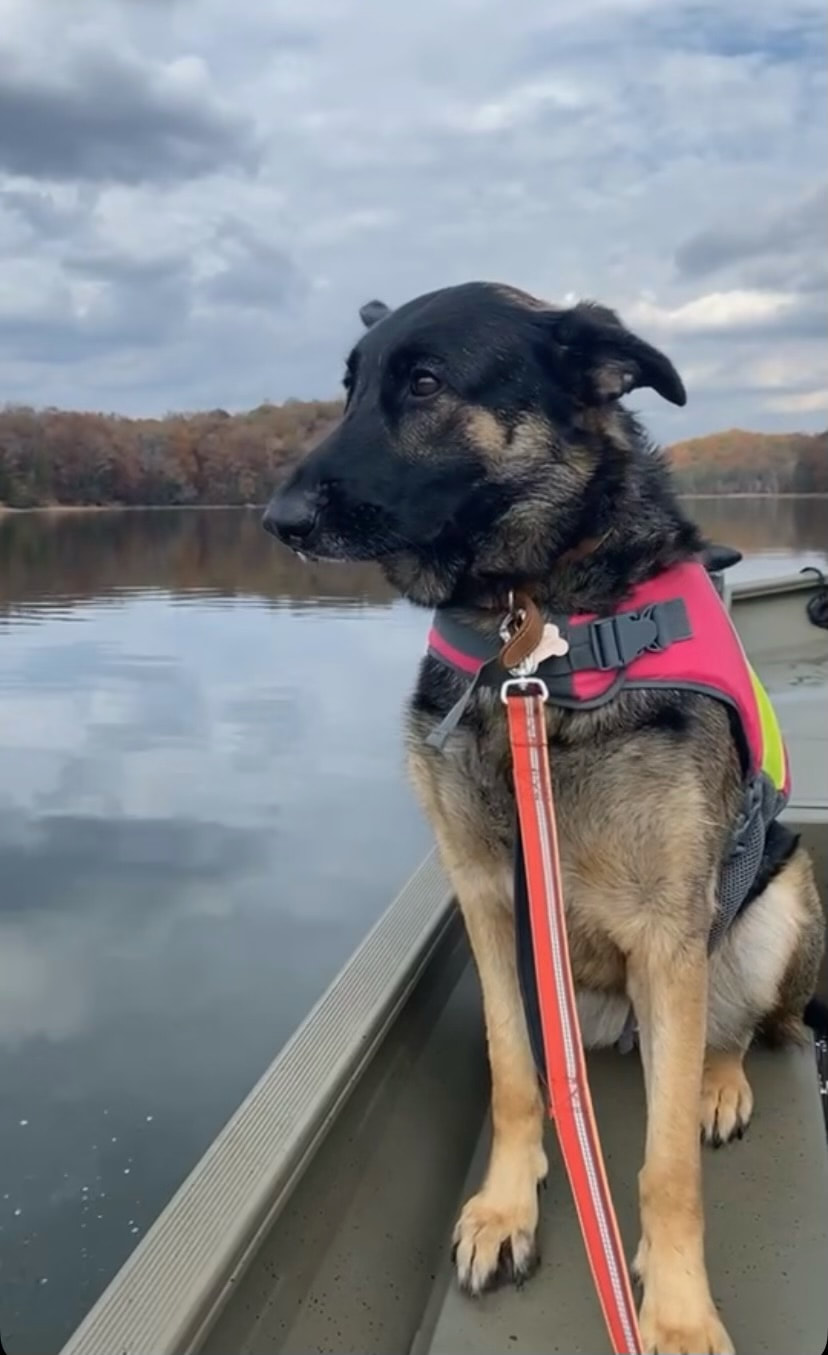
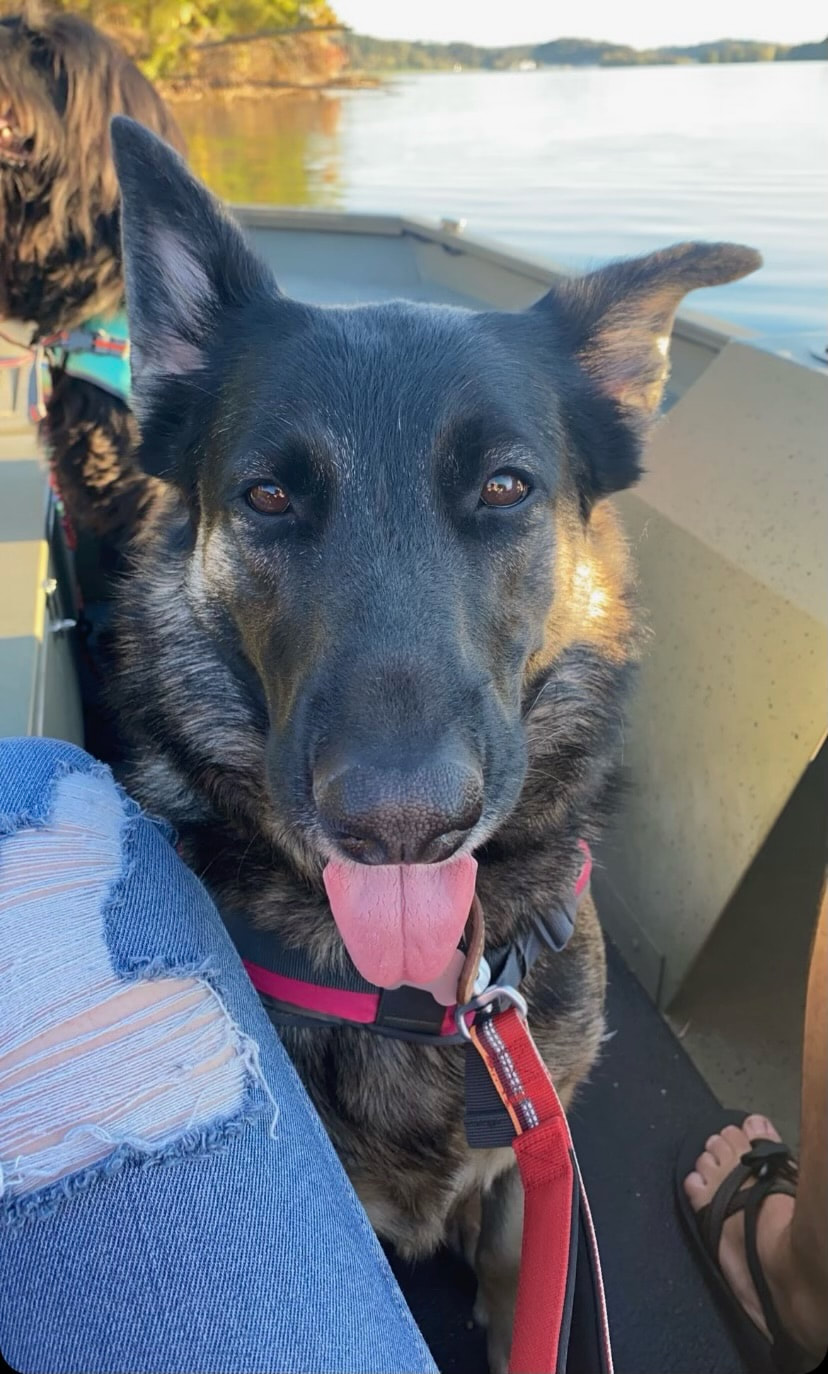
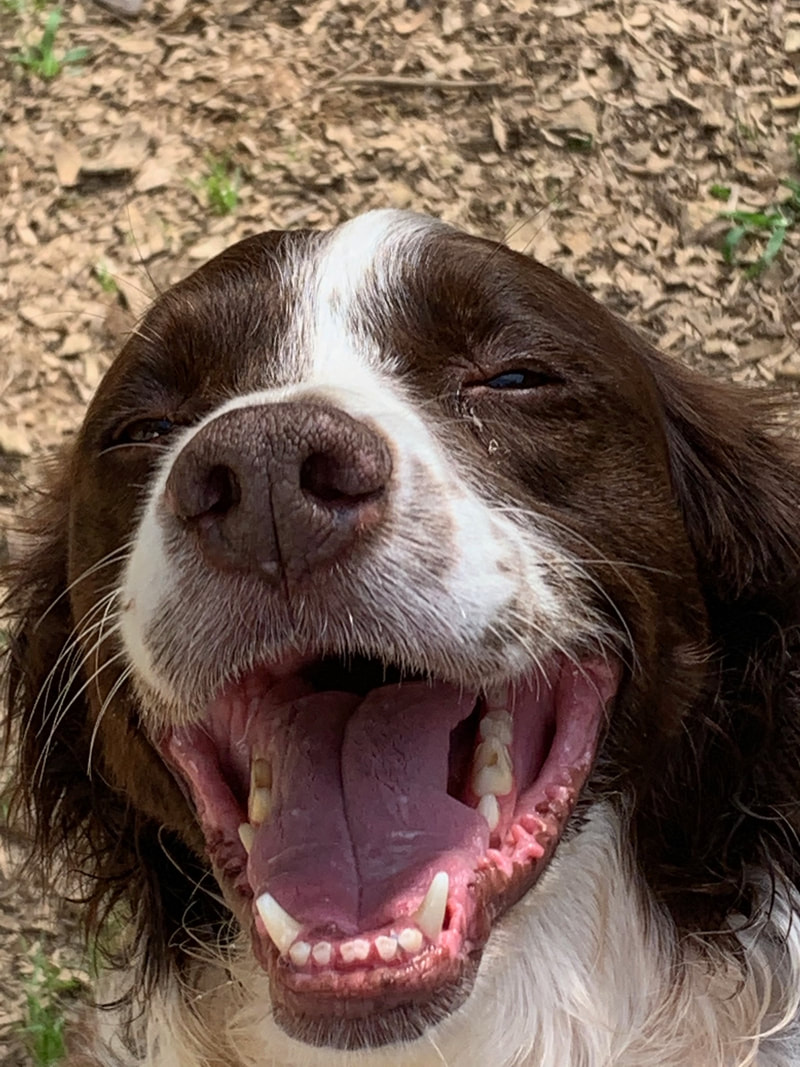
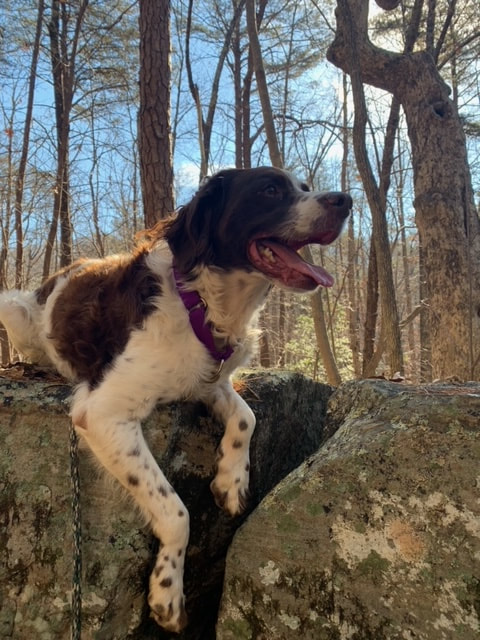
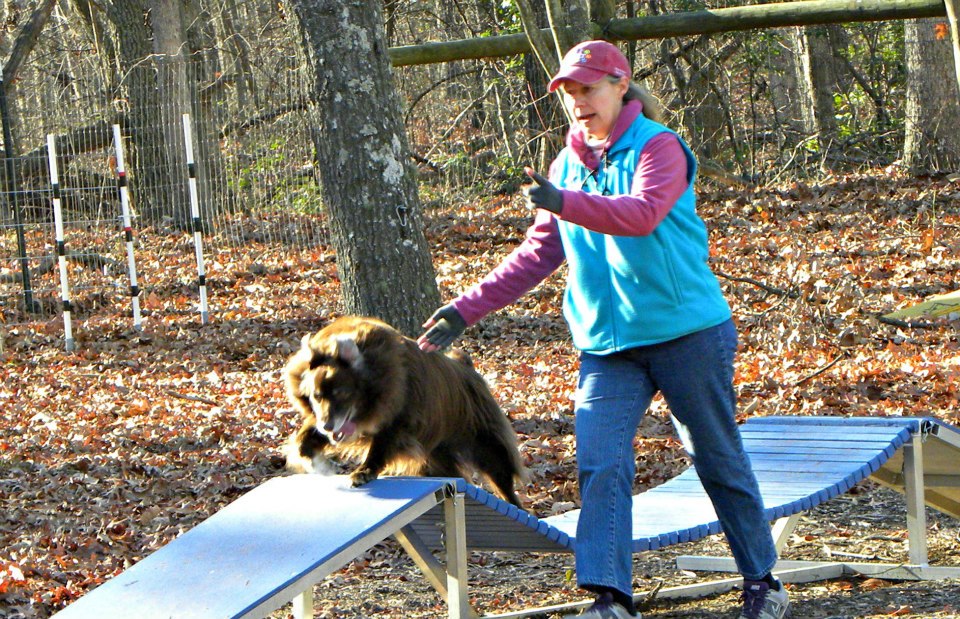
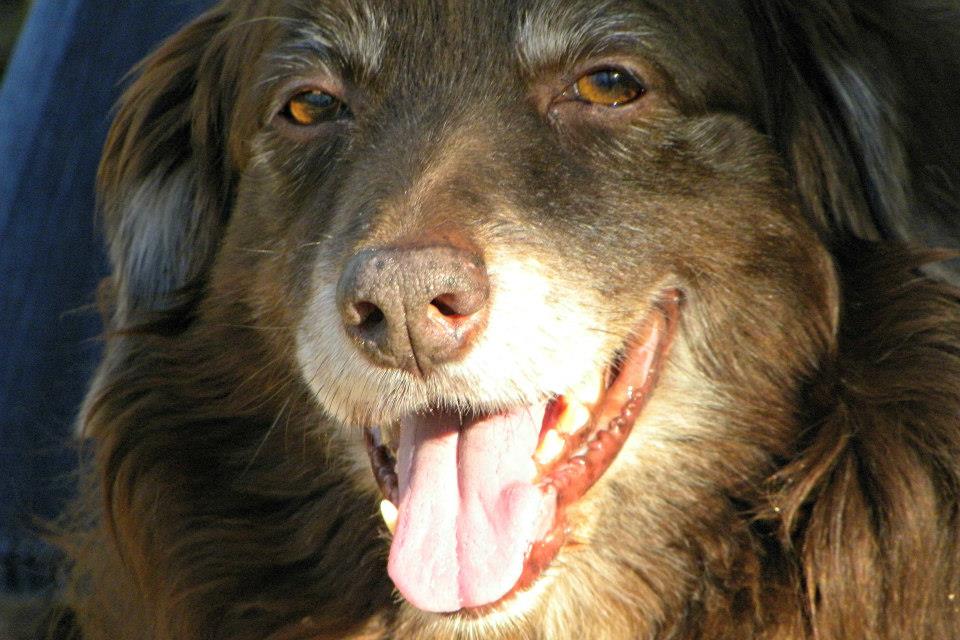
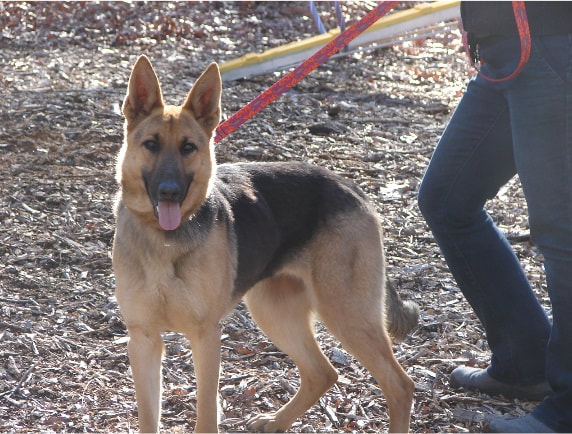
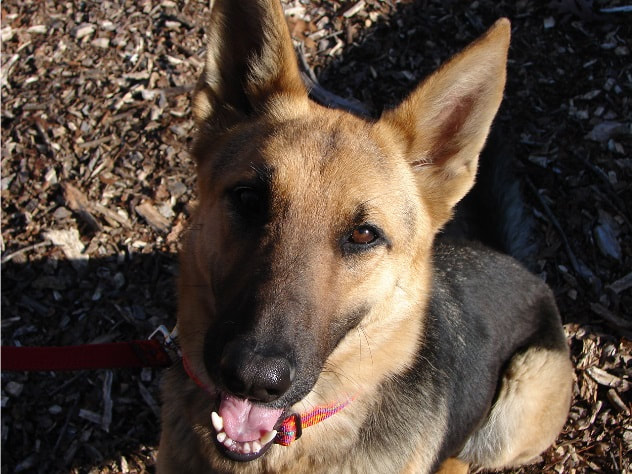
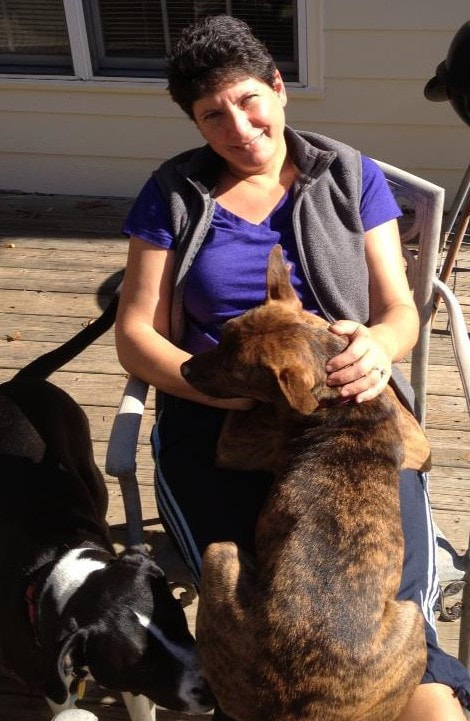

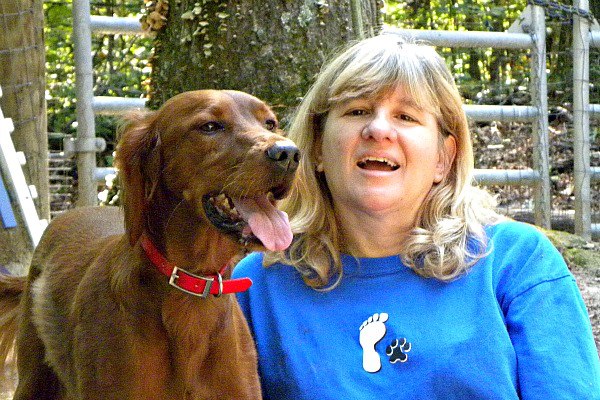
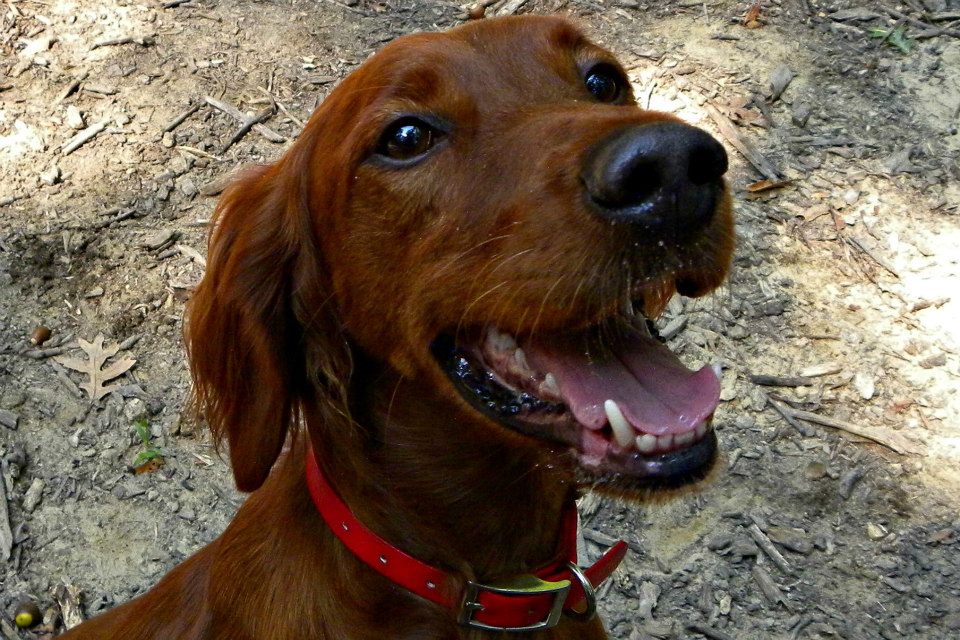
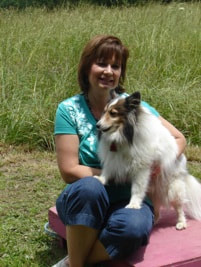
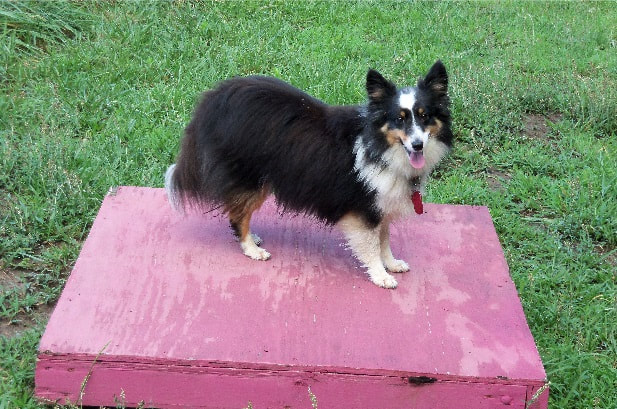
 RSS Feed
RSS Feed